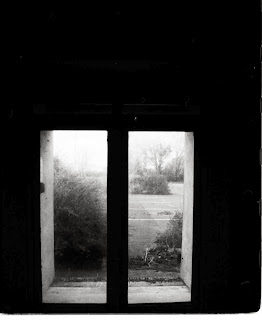Friday, 16th January 2009
120 jobs to go at Tralee firm
120 jobs are to go at Amann Industries Corporation in Tralee, Co Kerry.
The thread manufacturer has announced that management will enter into immediate consultation with employee representatives to reduce the workforce from 340 to 220 over the year.
The workforce, based at the Clash Industrial Estate, was informed of the decision this afternoon.
Wednesday, 22nd April 2009
Concern for jobs at Amann Industries
SIPTU has said it is concerned for the future of the textile manufacturing plant Amann Industries in Tralee in Co Kerry.
A general meeting of the workforce of approximately 300 people has been called for Friday.
The company is already processing 120 redundancies announced in January.
Management and unions agreed a redundancy package at the Labour Relations Commission, which was accepted by the workers and those redundancies are being implemented on a staggered basis.
However, there are fears for the remaining 220 jobs with management from Amann's parent company in Germany due to fly into Kerry for the meeting.
Amann Industries is one of Kerry's biggest manufacturing employers and is a critical part of the manufacturing base in Tralee.
SIPTU says it has no details about the agenda for that meeting, but said it is concerned for the future of the plant.
Fine Gael TD for Kerry North Jimmy Deenihan said the closure of Amann Industries would devastate Tralee and the surrounding area.
He called on Tánaiste Mary Coughlan and the IDA to make contact with the company to see what could be done to save the jobs.
Friday, 24th April 2009
210 jobs cut at Kerry textile firm
210 workers at the Amann textile company in Tralee, Co Kerry, are to lose their jobs.
Workers at the plant were called to a meeting with management today, where senior executives from the firm's parent company in Germany addressed employees.
In a brief statement issued after briefing staff this lunchtime, the company said the shutdown would be phased, with the spinning operation ceasing production by mid-July this year.
The twisting operation will transfer to China over the following 12 months.
The company said the need to remain competitive in a very difficult, cost-sensitive market, combined with high labour and energy costs led to its decision.
The German-owned company has been in Tralee since 1998 when it took over the former Klopman textile factory and, with the aid of the Government, invested IR£26m upgrading the operation here.
In January, the company cited high energy and labour costs in Ireland when it cut 120 jobs.
It moved certain production processes to Romania and Germany.
The company produced specialised threads for the automotive, fashion and sports industries.
Fine Gael TD for Kerry North Jimmy Deenihan said: 'This is terrible news for the people of Tralee and the surrounding area and there will be very grave economic consequences for other businesses in the town.'

























